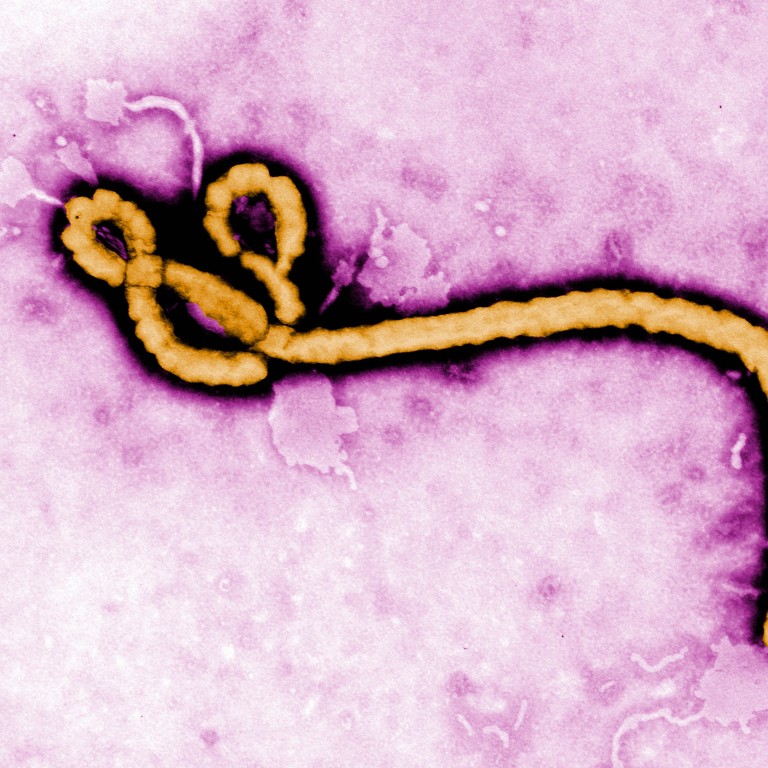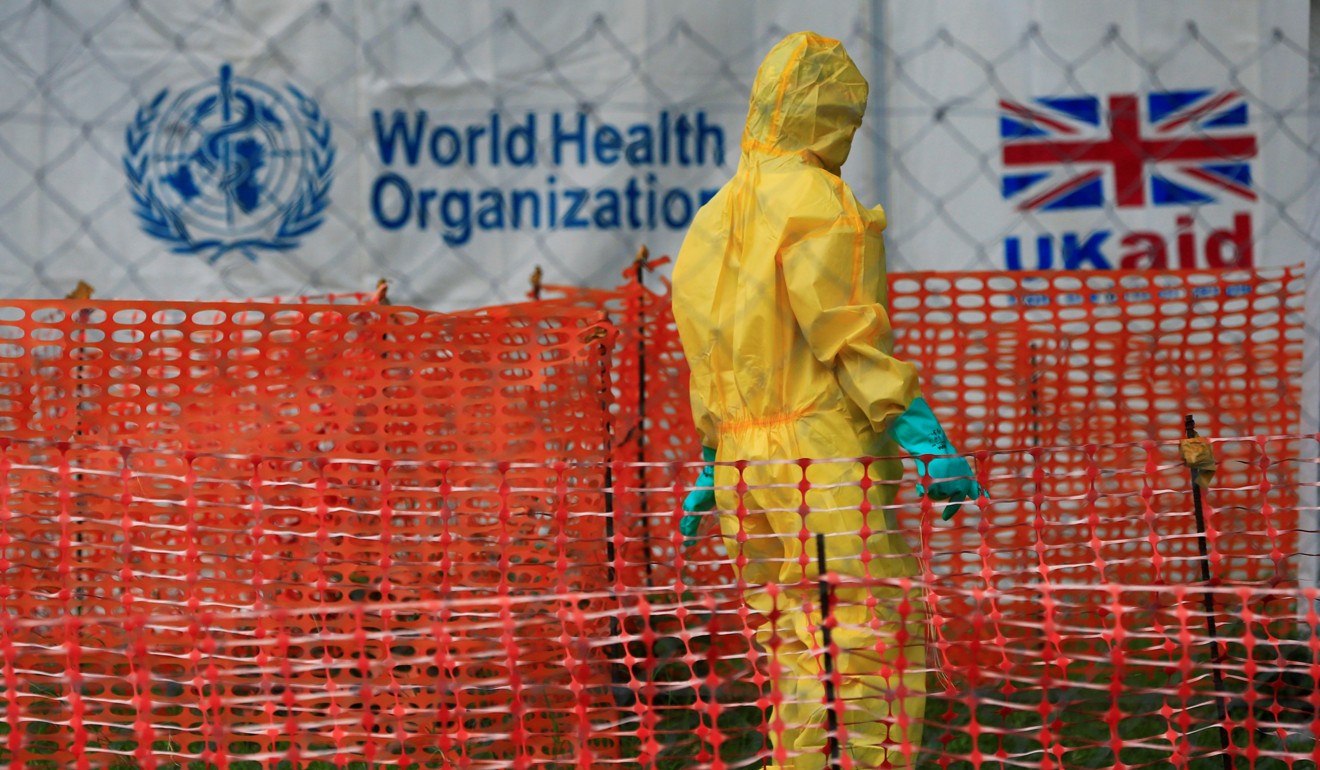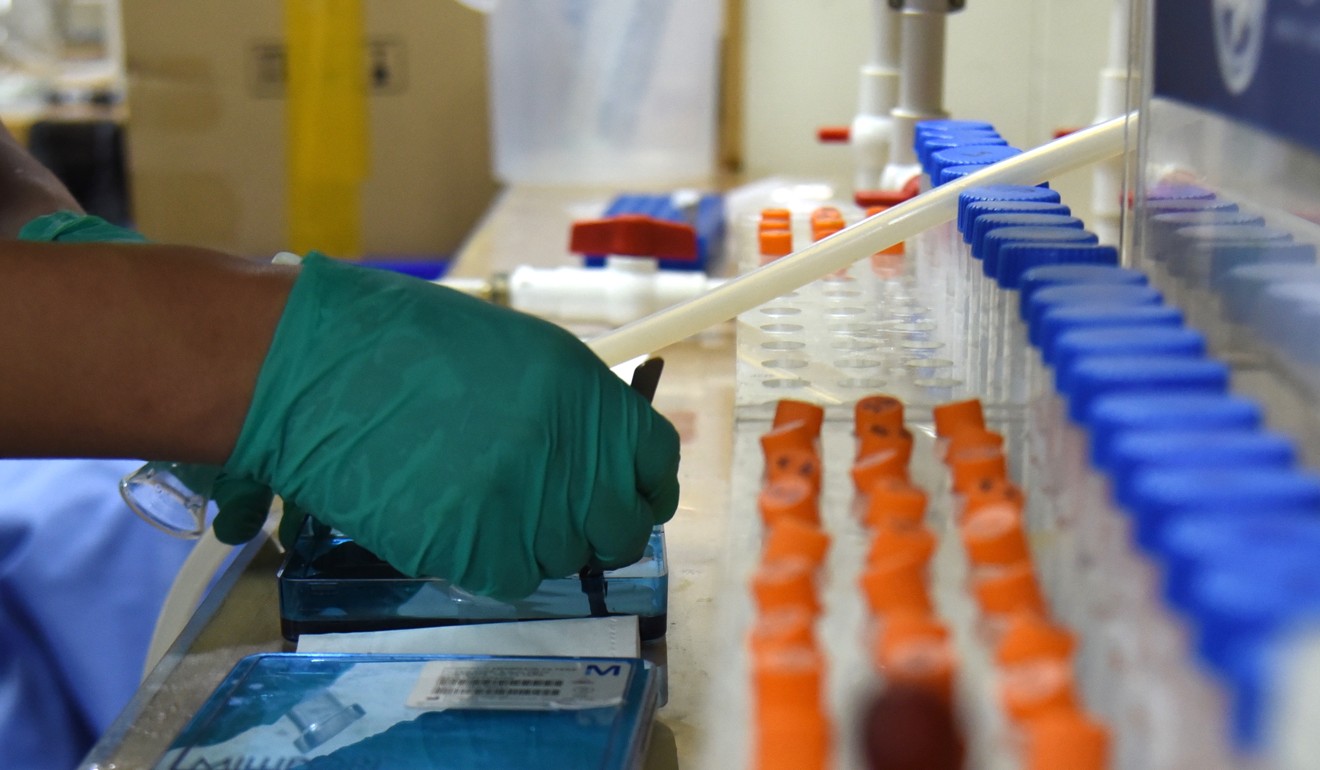
Japan to import Ebola and other deadly viruses as scientists prepare for Tokyo Olympics and Rugby World Cup
- Given the deadly risks of haemorrhagic fever viruses such as Ebola and Marburg, there has been resistance to the testing
- Scientists have emphasised these viruses can only be transmitted through human-to-human contact so airborne exposure poses no risk
Some of the world’s deadliest viruses will be studied in the suburbs of Tokyo after a local mayor approved testing despite the objections of residents.

“We have come to a good level of understanding on the matter,” Nemoto told reporters after the meeting. “It is a major stride towards protection.”
The ministry has pledged to tell the local government of any accidents at the facility and eventually consider relocating.
Seven of the most deadly viruses, from Ebola to rabies
Dr Masayuki Saijo, director of NIID’s virology division, hailed the development as “a major positive step” and said Japanese scientists needed to help find cures for currently incurable diseases.
“We plan to import these highly pathogenic viruses in order to be able to develop sensitive and specific diagnostic procedures for them,” Saijo said. “Even though there have been no outbreaks of these diseases in Japan, Tokyo will host the Olympics in 2020 and there is an increased risk of one of these viruses being brought into the country.”
Saijo expects the ministry to give its final approval this week.

Unsurprisingly, given the deadly risks of viruses such as Ebola and Marburg, there has been resistance to the testing.
Residents of west Tokyo have expressed their opposition to the proposal during public meetings arranged by the ministry, the most recent of which was held in May.
“It is nonsense for the government to tell us to accept the plan because of the Olympics,” the Asahi newspaper quoted one resident as saying at another meeting in November. “We are worried and we cannot accept it.”
How prepared is Tokyo for giant quake that could kill 10,000 people?
The Musashimurayama laboratory was built in 1981 and residents have long been concerned about exposure to a virus via air vents, a test animal escaping or the structure collapsing due to an earthquake. However, Saijo and his team have emphasised haemorrhagic fevers can only be transmitted through human-to-human contact so airborne exposure poses no risk.

“We understand how residents feel about our work and it is our responsibility to show them what we do is safe but I am confident in the near future we will gain their understanding,” he said. “And it’s important we do because these sorts of diseases are going to remain serious threats to the well-being of millions of people.”
Connect with us on Twitter and Facebook

